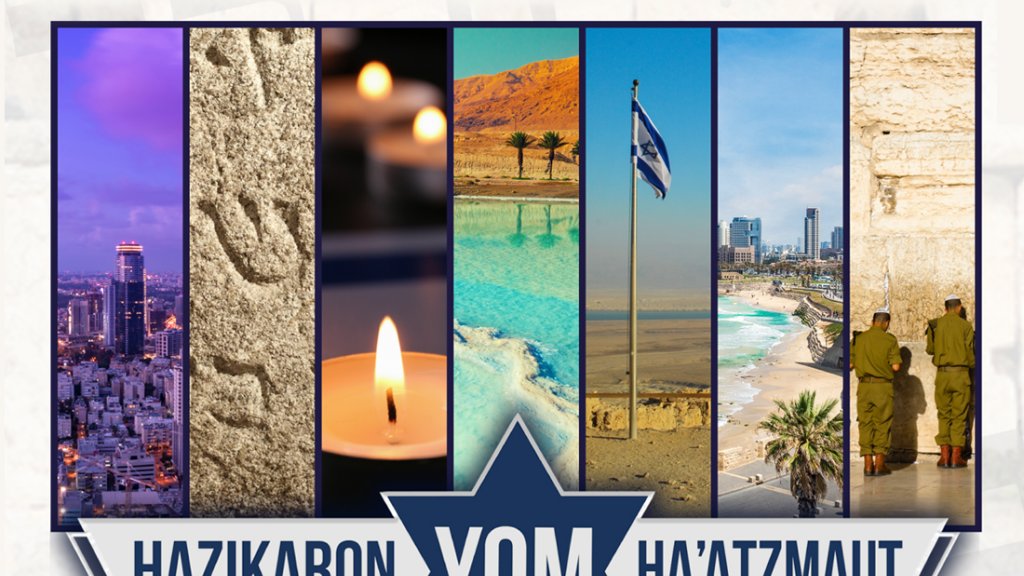
Lag Ba'Omer
05.09.23 | Stories, Articles
You’ve probably heard of Lag Ba’Omer - but do you know what this holiday commemorates? The “Omer” refers to the 49-day period between the second night of Passover and Shavuot, and it symbolizes the spiritual link between these two holidays: while Passover celebrates our freedom from slavery in Egypt, Shavuot marks the culmination of that liberation, when we received the Torah at Mount Sinai. Lag Ba’Omer literally translates to 'the 33rd day of the Omer.' So what's so special about the 33rd day? Interestingly, Lag Ba’Omer is not mentioned in the Torah or the Talmud, so there's no clear cut explanation as to why. But in true Jewish fashion, over the centuries, we’ve come up with a few good reasons to celebrate.
One explanation relates to a plague that killed thousands of students of Rabbi Akiva, a Talmudic scholar (c. 50-135 C.E.). According to tradition, Lag Ba'Omer was the day on which the plague ended: thus, a reason to celebrate. Another explanation is attributed to the Jewish historian Josephus, who recorded Lag Ba'Omer as the date in 66 C.E. when the revolt against Rome began with a great victory. A third explanation traces back to a Jewish legend which states that Shimon bar Yochai, a second-century sage purported to be the author of the Zohar, died on Lag Ba’Omer, making this day - his yahrzeit - a “Yom Hilula” (a day of festivity to commemorate the death of a righteous mystical leader).
Whatever the reason - whether it's because a plague ended, a victory against Rome was secured, or we're honoring a Yom Hilula - on the 33rd day, Jews around the world take a break from the mourning practices and spiritual reflection that define the Omer to party it up with feasts, bonfires, picnics, general mayem and carousing - marking a time when the heavy work of the Omer is replaced for one day with great joy and celebration.



